ARTS AND CULTURE INFORMATION GATEWAY
Immerse yourself in the colorful world of art and culture! From traditional heritage to contemporary works, discover uniqueness that reflects the nation's identity and identity
TARIAN PIRING
Picture
0
Video
Available
Today's Visitor
2
Number of Visitors
1012
Introduction and history
The migration of the Minangkabau community to Negeri Sembilan has brought together their cultural heritage, including traditional arts such as the Piring Dance. In the Minangkabau culture, this dance is also known as Tari Piring. It is a dance art belonging to the Minangkabau community that is still practiced by the people of Negeri Sembilan. This Piring Dance is believed to have been brought by the Minangkabau community from West Sumatra when they moved to Negeri Sembilan.
Since then, the Piring Dance has been accepted as part of customs, especially in ceremonies that involve competition and wedding ceremonies in the Negeri Sembilan community. This dance plays an important role in Malay wedding traditions in Negeri Sembilan. To ensure the continuity of this heritage, Piring Dance was recognized as a National Heritage by the National Heritage Department in 2015.
The Piring Dance serves as:
Symbol of Gratitude: Representing thankfulness for a successful harvest.
Wedding Tradition Complement: Performed to celebrate the bride, groom, and guests.
Traditional Entertainment: Providing enjoyment during ceremonies and events.
Symbol of Agility: Showcasing the dexterity and skill of the dancers.
Cultural Preservation: Upholding the Minangkabau culture and identity in Negeri Sembilan.
FEMALE DANCER CLOTHING
Baju Kurung or Long Kebaya
Female dancers usually wear a baju kurung or a long kebaya that displays civility and cultural sophistication. These dresses are decorated with embroidery or traditional motifs to add an element of elegance.
Songket Cloth or Woven Sarung
The bottom cloth worn is a songket or colorful woven sarung with traditional Malay and Minangkabau patterns, symbolizing the wealth of inherited culture.
Selendang or Samping
The selendang or samping is worn around the waist or draped over the shoulder, enhancing the dance movements and adding a dynamic touch to the dancer's appearance.
Headpiece (Tengkolok or Sanggul)
Female dancers typically wear a sanggul (bun) adorned with flowers or traditional accessories. Male dancers sometimes wear a tengkolok or destar to reflect elements of Malay culture.
Additional Accessories
Bracelets, earrings, and necklaces are added as supplementary accessories to enhance the traditional appearance.
Plates in Hand
The plates are a crucial element of this dance. Dancers hold plates in both hands throughout the performance, showcasing their artistry and dance skills.
MALE DANCER CLOTHING
Baju Melayu or Kurung Teluk Belanga
Comfortable traditional Malay attire.
Kain Samping or Songket
Wrapped around the waist, featuring traditional patterns.
Long Pants
Allows for freedom of movement.
Tengkolok or Destar
A traditional folded headpiece.
Additional Accessories
A sash or belt to complete the outfit.
Plates in Hand
The main element held throughout the dance showcasing the dancers' agility and skill.
The musical instruments for Piring Dance are briefly as follows:
Rebana – The main percussion instrument accompanying the dance.
Gong – Provides rhythm guidance to the dancers.
Caklempong – Used in some performances.
Saluang – A traditional flute, occasionally added to the performance.
Usually, Piring Dance dancers only dance for a period of three to five minutes, with a number of dancers between three and seven people. Additionally, each Piring Dance performance must be performed by an odd number of dancers.
The Piring Dance performed by the dancers will end when all the plates have been stepped on, and the dancers close their performance with a closing prayer or a prayer to the bride and groom for the second time. This is the uniqueness of the Piring Dance heritage in Negeri Sembilan.
-
Reference Source
Bahan Bacaan:
Azril Ashraf Yusrida,Muhamad Adib Mohd Razif,Ryanold S.R. Rosidi, Nurussobah Hussin & Wan Satirah Wan Mohd Saman. Tarian Kebudayaan Negeri Sembilan: Tarian Piring Dan Tarian Lilin. Jurnal Sejarah Lisan Malaysia Issn 2600-7088 Jilid 2 Isu 2. Oktober 2018. Https://Ir.Uitm.Edu.My/Id/Eprint/91896/1/91896.Pdf
Bernama. (2020). Belajar tarian piring lambung, bongai dalam talian. Berita Harian Online. https://www.bharian.com.my/rencana/sastera/2020/07/706467/belajar-tarian-piring-lambung-bongai-dalam-talian
Mohd Zin Mohd Sahid. (1998). Pengenalan Ringkas: Tari Piring. Tarian Tradisional di dalam Adat Perkahwinan Negeri Sembilan. Unit Pemuliharaan dan Penyelidikan, Pejabat Kebudayaan dan Kesenian Negeri Sembilan. https://malaycivilization.com.my/omeka/files/original/85a7b168cd29dc4bdf176d2cf8d11460.pdf
Location
State JKKN Contact Information
Rosdianah binti Roman
Cultural Officer
Jabatan Kebudayaan dan Kesenian Negara, Negeri Sembilan
Kompleks JKKN Negeri Sembilan
Jalan Sungai Ujong
70200 Seremban
NEGERI SEMBILAN DARUL KHUSUS
06-767 6793/763 6308 / 761 0593
Use the form below to contact the Informant/Figure/Editor/Researcher directly. We will respond to your inquiry as soon as possible!

 Kumpulan Kesenian Jkkn N9, Kompleks Jkkn Negeri Sembilan, Jalan Sungai Ujong, 70200 Seremban, Negeri Sembilan Darul Khusus.
Kumpulan Kesenian Jkkn N9, Kompleks Jkkn Negeri Sembilan, Jalan Sungai Ujong, 70200 Seremban, Negeri Sembilan Darul Khusus.





